A new scientific manuscript was accepted in IEEE Xplore with contributors from KTH Royal Institute of Technology, Université de Paris, RISE Research Institutes of Sweden and RTU Institute of Telecommunications – Xiondan Pang, Toms Salgals, Sandis Spolitis, Oskars Ozolins and Vjaceslavs Bobrovs.
What is the paper about?
Free-space optics (FSO) in the mid-infrared (mid- IR) contains rich spectral resources for future ultrahigh-speed wireless communications yet is currently under-exploited. Two atmospheric transmission windows at the mid-IR, namely, the mid-wave IR (MWIR, 3-5 µm) and the long-wave IR (LWIR, 8-12 µm), show great potential in supporting free-space communications for both terrestrial and space application scenarios. Particularly, the LWIR signal with a longer wavelength has high intrinsic robustness against aerosols’ scattering and turbulence-induced scintillation and beam broadening effects, which are the main concerns hindering the wide deployment of practical FSO systems. In this context, high-bandwidth semiconductor-based mid-IR FSO transceivers will be desirable to meet the requirements of low energy consumption and small footprints for large-volume development and deployment. Quantum cascade devices, including quantum cascade lasers (QCLs) and quantum cascade detectors (QCDs), appear promising candidates to fulfill this role. In this work, we report a high-speed LWIR FSO transmission demonstration with a 9.6-µm directly-modulated (DM)-QCL and a fully passive QCD without any active cooling or bias voltage. Up to 8 Gb/s, 10 Gb/s, and 11 Gb/s signal transmissions are achieved when operating the DM- QCL at 10°C, 5°C, and 0°C, respectively. These results indicate a significant step towards an envisioned fully-connected mid-IR FSO solution empowered by the quantum cascade semiconductor devices.
More information about the manuscript can be found on the IEEE Xplore webpage.
Find out more on the research of the Institute of Telecommunications on the projects page and blog page related to research papers.

